- Home
- Prelims
- Mains
- Current Affairs
- Study Materials
- Test Series
Dec 10, 2021
RAJYA SABHA PASSES SURROGACY AND ASSISTED REPRODUCTIVE TECHNOLOGY BILLS
Rajya Sabha has cleared the Surrogacy (Regulation) Bill, 2020.
Surrogacy Bill 2020
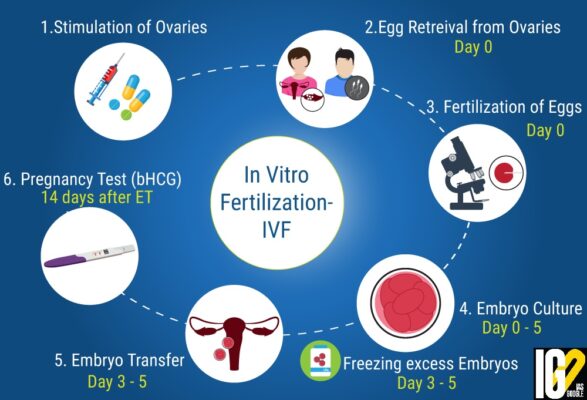
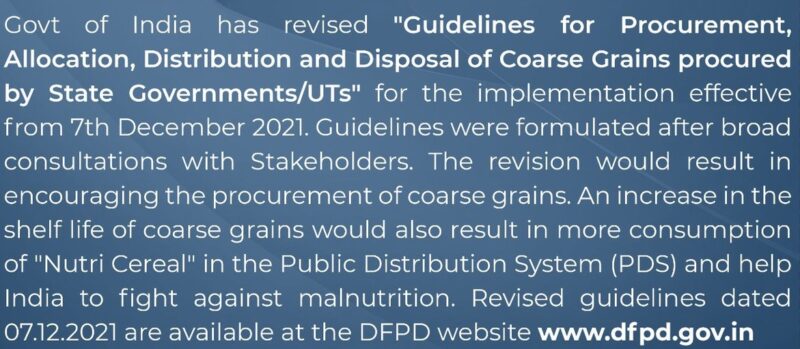

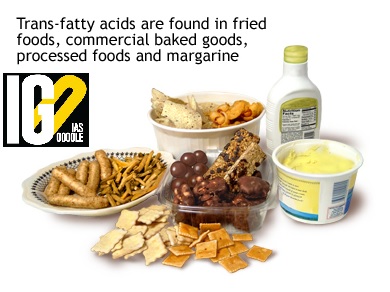


 INDIA AMONG THE MOST UNEQUAL COUNTRIES WITH AN AFFLUENT ELITE
Recently, World Inequality Report 2022 was released by Paris-based World Inequality Lab.
INDIA AMONG THE MOST UNEQUAL COUNTRIES WITH AN AFFLUENT ELITE
Recently, World Inequality Report 2022 was released by Paris-based World Inequality Lab.
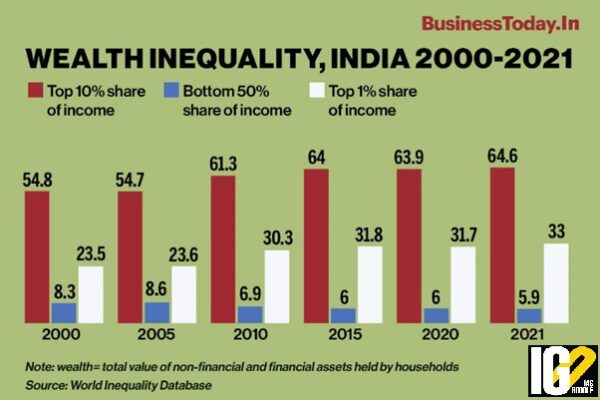
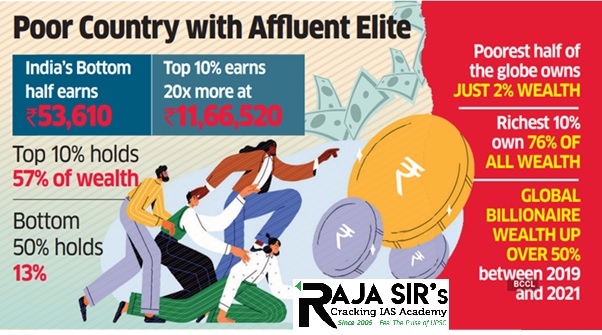
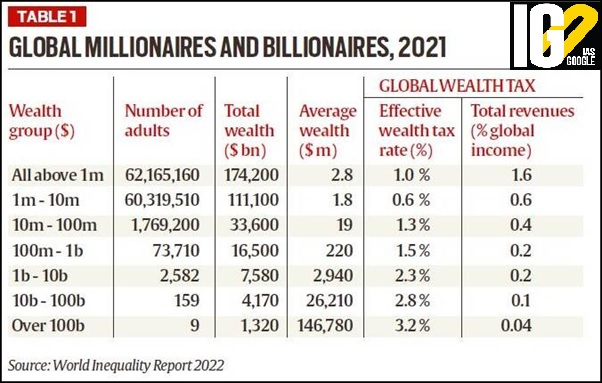

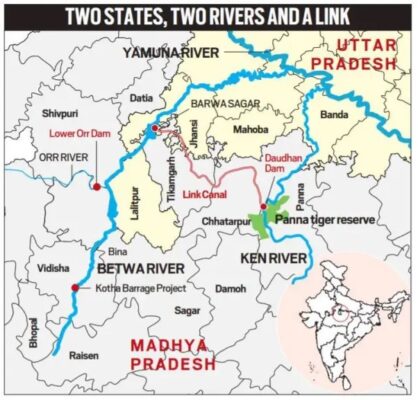
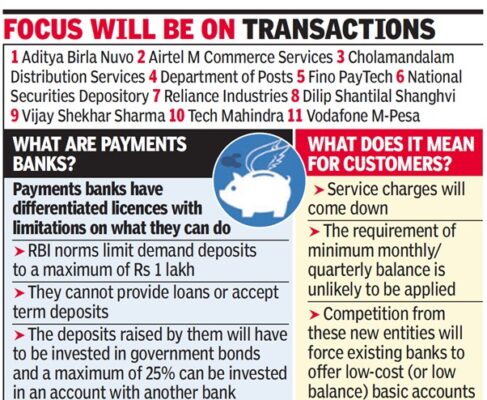
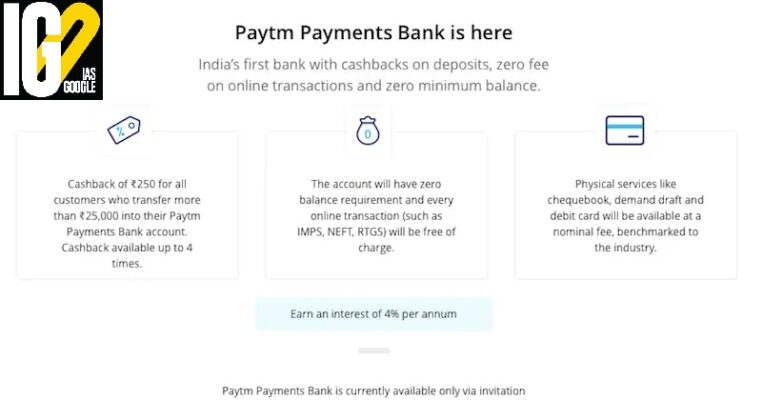

- Aim- to regulate in vitro fertilization (IVF) clinics.
- Objective-
- To curb unethical practices in reproductive services as well as safeguard interest of women.
- To establish surrogacy Boards at national and state level.
- It allows willing woman to become a surrogate mother.
- It prohibits commercial surrogacy.
- It means sale and purchase of human embryo and gametes.
- Insurance cover for a surrogate mother has been increased to 36 months from 16 months.
- It allows Indian woman who is a widow or divorcee between the age of 35 to 45 years to opt for surrogacy.
- It provides all the rights and privileges that are entitled to new born child.
- Sex selection is strictly prohibited.
- It keeps a regulatory check on exploitation of surrogate mothers and abandonment of surrogate child.
- No woman shall act as a surrogate mother more than once in her lifetime.
- A certificate from a registered medical practitioner shall be mandatory.
- It is an arrangement in which a woman (the surrogate) agrees to carry and give birth to a child on behalf of another person or couple (the intended parent/s).
- It is a series of procedures used to help with fertility or prevent genetic problems and assist with the conception of a child.
- It is the most effective form of assisted reproductive technology (ART).
- It involves retrieving eggs from a woman’s ovaries and fertilizing them with sperm in a laboratory.
- Distribution period of Jowar and Ragi is increased to 6 & 7 months respectively from the earlier period of 3 months.
- Provision of inter-state transportation of surplus coarse grains through Food Corporation of India (FCI) is incorporated to cater for advance demand placed by consuming state before the start of procurement.
- New guidelines would increase procurement/consumption of coarse grains through Public Distribution System (PDS).
- As these crops are normally grown on marginal and un-irrigated land, therefore, enhanced cropping of these would encourage sustainable agriculture and crop diversification.
- With the increased procurement, number of farmers benefitting from the procurement of these crops, would also
- Marginal and poor farmers who are also PDS beneficiaries will gain due to procurement and then distribution of millets at Rs.1 per kg.
- Region specific coarse grains can be distributed for local consumption saving transportation cost of wheat and rice.
- To strengthen our fight against malnutrition in children and adolescents, consumption of coarse grains would help to foster immunity and health.
- Under the earlier guidelines, states were allowed to procure coarse grains from farmers at Minimum Support Price under Central Pool “subject to the prior approval” of the Centre and Food Corporation of India.
- The procured quantity was to be distributed within 3 months from the end of procurement period.

- Cereal grains other than rice and wheat are called as coarse grains.
- They are a broad sub-group of several short duration warm weather (Kharif) crops.
- Examples: Jowar (Sorghum), Bajra (Pearl Millet), Maize, Ragi (Finger Millet)
- Coarse grains are highly nutritive, non-acid-forming, gluten-free and have dietary properties.
- A farmer cultivating agricultural land up to1 hectare (2.5 acres), as owner or tenant or share cropper is referred to as a marginal farmer.
- Marginal farmers constitute around 65 %of total farmers in India.
- Farmers having less than two hectares (five acres) of land as owner or tenant or share cropper, are called small farmers.

- It is an infectious type of influenza that spreads among birds.
- It is a viral infection that can infect not only birds, but also humans and other animals
- This type of flu is most often contracted by contact with sick birds. In rare cases, it can also be passed from person to person.
- The most infectious strains of bird flu are: H5N1, H7N9, H5N6 and H5N8
- Touching infected birds
- Touching droppings or bedding
- Killing or preparing infected poultry for cooking
- A very high temperature or feeling hot or shivery
- Aching muscles
- Headache
- A cough or shortness of breath
- Diarrhoea
- Sickness
- Stomach pain
- Chest pain
- The report monitors global progress towards the 2023 target for global elimination of industrially produced trans-fatty acids.
- Elimination of industrially produced trans-fatty acids(TFA) can effectively reduce the risk of cardiovascular disease.
- Cardiovascular disease will make populations more resilient in future epidemics and pandemics.
- Bangladesh, India, the Philippines and Ukraine became the first lower-middle-income countries to pass best-practice trans-fat elimination policies.
- In 2018, WHO called for the global elimination of industrially produced TFA by 2023.
- No low-income countries have adopted best-practice TFA policies to date.
- The best-practice policy came into effect in Brazil, European Union, Peru, Singapore and Turkey.

- Trans fat is a type of dietary fat.
- Too much trans-fat in the diet increases the risk of heart disease and other health problems.
- They are made when food makers turn liquid oils into solid fats.
- They can be found in fried, packaged, or processed foods.
- Eating trans-fats can increase the risk for health problems.
- Increased intake of trans fat (>1% of total energy intake) is associated with increased risk of coronary heart disease mortality and events.
- Trans fat intake is responsible for 500,000 premature deaths from coronary heart disease each year globally.
- Raise LDL (bad) cholesterol, lower HDL (good) cholesterol.
- This increases risk of heart disease and stroke.
- Can lead to weight gain.
- Increase the risk of type 2 diabetes.
- The REPLACE action package provides a strategic approach to eliminating industrially-produced trans-fat from national food supplies.
- Aim: Global trans-fat elimination by 2023.
- Review dietary sources of industrially-produced trans-fat and the landscape for required policy change.
- Promote the replacement of industrially-produced trans-fat with healthier fats and oils.
- Legislate or enact regulatory actions to eliminate industrially-produced trans-fat.
- Assess and monitor trans-fat content in the food supply and changes in trans-fat consumption in the population.
- Create awareness of the negative health impact of trans fat among policy-makers, producers, suppliers, and the public.
- Enforce compliance with policies and regulations.

- India reports the highest number of suicide deaths in the world.
- The suicide rate among Indian girls and women continues to be twice the global rate.
- India’s contribution to global suicide deaths has increased from 27·3% in 1990 to 36·5% in 2019 among women and girls.
- Suicide accounts for most deaths in the 15–39 years age group compared with other causes of death.
- India is projected to fall short of the Sustainable Development Goal (SDG) 2030target of reducing the age-standardised suicide death rate (ASDR) by one third.

- Hanging is the most common method of suicide, followed by pesticides poisoning, medicine overdose, and self-immolation.
- Major: socioeconomic circumstances, interpersonal problems, social and cultural conflicts, alcoholism, unemployment, and poor health
- Other: absenteeism in school or college, physical and sexual abuse, intergenerational conflicts, academic competition, fear of academic failure, and parental pressures
- COVID-19 pandemic also increases the cases of suicide.
- The National Mental Health Policy of India, aimed to reduce suicide deaths and suicide attempts through various means such as:
- suicide prevention programmes,
- restricting access to the means of suicide (pesticides in particular),
- framing guidelines for responsible media reporting,
- training community leaders.
 INDIA AMONG THE MOST UNEQUAL COUNTRIES WITH AN AFFLUENT ELITE
Recently, World Inequality Report 2022 was released by Paris-based World Inequality Lab.
INDIA AMONG THE MOST UNEQUAL COUNTRIES WITH AN AFFLUENT ELITE
Recently, World Inequality Report 2022 was released by Paris-based World Inequality Lab.
- It presents the updated and complete data on the various facets of inequality worldwide as of 2021, such as global wealth, income, gender and ecological inequality.

- It flags India as a poor and very unequal country.
- The top 10% holds 57% of national income in 2021.
- Bottom 50% holding just 13%.
- 1% richest people in India hold 22 % of the total national income in 2021.
- India’s middle class is relatively poor with an average wealth of Rs 7,23,930, or 29.5% of the total national income.
- Bihar, Jharkhand and Uttar Pradesh have the highest proportion of poor people.
- Inequality in India has widened compared to British rule.
- Increase in private wealth from 290% in 1980 to 560% in 2020.
- The economic reforms and liberalization adopted by India have mostly benefited the top 1%.
- There was a faster recovery in inequality post-independence owing to the transition from highly regulated economic system.

- There was a drop in global income during 2020, with about half in rich countries, and half in low-income and emerging countries.
- The rise in private wealth has also been unequal within countries and at world levels.
- The difference in inequality increased during the pandemic.
- The richest 10% of the global population currently takes 52% of global income:
- The poorest half of the global population barely owns any wealth at just 2% of the total.
- Inequalities within countries are now greater than those between countries.
- It notes that global income and wealth inequalities are connected to ecological inequalities and to inequalities in contributions to climate change.
- The report has suggested levying a modest progressive wealth tax on multimillionaires


- BRICS nations such as South Africa and Brazil have wider income inequalities than India.
- The Middle East and North Africa (MENA)are the most unequal regions in the world, whereas Europe has the lowest inequality levels.
- In Europe, the top 10%’s income share is around 36%, and in MENA, it is 58%
- The ratio of total wealth to total income rose from around 450% in the early 1990s to about 600% today.
- Emerging economies such as China experienced faster increases than wealthy countries due to their transition away from communism.
- Women’s share of total incomes from work is less than 35% now as compared to 30% in 1990
- The female labour income share is equal to 18 per cent, significantly lower than the average in Asia.

- It is the first project under the National Perspective Plan for interlinking of rivers.
- It envisages transferring water from the Ken River to the Betwa river, both tributaries of the Yamuna.
- It will be 221 km long, including a 2-km long tunnel.
- States Concerned: Uttar Pradesh and Madhya Pradesh
- Daudhan Dam will be built on Ken River for water conservation.
- The project will be of immense benefit to the water-starved region of
- It is expected to provide:
- Annual irrigation of 10.62 lakh hectares
- Supply drinking water to about 62 lakh people
- Generate 103 MW of hydropower and 27 MW of solar power.
- A Special Purpose Vehicle (SPV) called Ken-Betwa Link Project Authority (KBLPA)will be set up to implement the project.
- The Centre has set in motion the process of creation of National Interlinking of Rivers Authority (NIRA).
- It is an independent autonomous body for planning, investigation, financing and implementation of the interlinking of river (ILR) projects in the country.
- The NIRA will have powers to set up SPV for individual link projects.
- River Linking is a project of linking two or more rivers by creating a network of manually created reservoirs and canals, and providing land areas that otherwise does not have river water access.
- It offers many benefits like:
- By linking the rivers, vast amount of land areas which will not otherwise be irrigated and are unusable for agriculture become fertile.
- During heavy rainy seasons some areas can experience heavy floods while other areas might be experiencing drought like situations.
- With network of rivers this problem can be avoided by channeling excess water to areas that are not experiencing a flood or are dry.
- With new canals built, feasibility of new dams to generate hydroelectric power becomes a possibility.
- Newly created network of canals opens up new routes and ways of water navigation, which is generally more efficient and cheaper compared to road transport.
- One of the major concerns is that rivers change their course in 70–100 years and thus once they are linked, future change of course could create huge practical problems for the project.
- There would be a decrease in downstream flows resulting in reduction of fresh water inflows into the seas seriously jeopardizing aquatic life.
- Creation of canals would need large areas of land resulting in large scale deforestation in certain areas.
- Possibility of new dams comes with the threat of large otherwise habitable or reserved land getting submerged under water or surface water.
- As large strips of land might have to be converted to canals, a considerable population living in these areas must need to be rehabilitated to new areas.
- It was prepared by the then Ministry of Irrigation (now Ministry of Jal Shakti) in August 1980.
- Objectives:
- Water resources development through inter basin transfer of water.
- Transfer of water from water surplus basins to water-deficit basins.
- Under the NPP, the National Water Development Agency (NWDA) has identified 30 links (16 under Peninsular Component and 14 under Himalayan Component) for preparation of Feasibility Reports (FRs).
- Ken and Betwa are the right bank tributaries of River Yamuna.
- Tons
- Hindon
- Hanuman Ganga
- Sasur Khaderi
- Betwa
- Sindh
- Ken
- Giri
- Baghain
- Chambal

- Based on the recommendations of the Nachiket Mor Committee, Payments Bank was set up to operate on a smaller scale with minimal credit risk.
- Aim: To advance financial inclusion by offering banking and financial services to the unbanked and underbanked areas
- They are registered under the Companies Act 2013.
- Governed by: Banking Regulation Act, 1949, RBI Act, 1934, Foreign Exchange Management Act, 1999, Payment and Settlement Systems Act, 2007.
- They are differentiated and not universal banks.
- These operate on a smaller scale.
- It needs to have a minimum paid-up capital of Rs. 100,00,00,000.
- Minimum initial contribution of the promoter to the Payment Bank to the paid-up equity capital shall at least be 40% for the first five years from the commencement of its business.

- Payment banks can take deposits up to Rs. 2,00,000.
- It can accept demand deposits in the form of savings and current accounts.
- The money received as deposits can be invested in secure government securities only in the form of Statutory Liquidity Ratio (SLR).
- Payments banks will be permitted to make personal payments and receive cross border remittances on the current accounts.
- It can issue debit cards.
- Payment banks cannot issue credit cards.
- It cannot accept time deposits or NRI deposits.
- It cannot issue loans.
- It cannot set up subsidiaries to undertake non-banking financial activities
- Expansion of rural banking and financial inclusion.
- Expansion of the formal financial system.
- Effective alternative to commercial banks.
- Efficiently deals with low value, high volume transactions.
- Access to diversified services.
- Lack of awareness among the masses to access these services.
- Lack of incentives for the agents to involve themselves in these activities.
- Lack of infrastructure and access to operational resources.
- Technological hurdles.









 Latest News
Latest News
 General Studies
General Studies